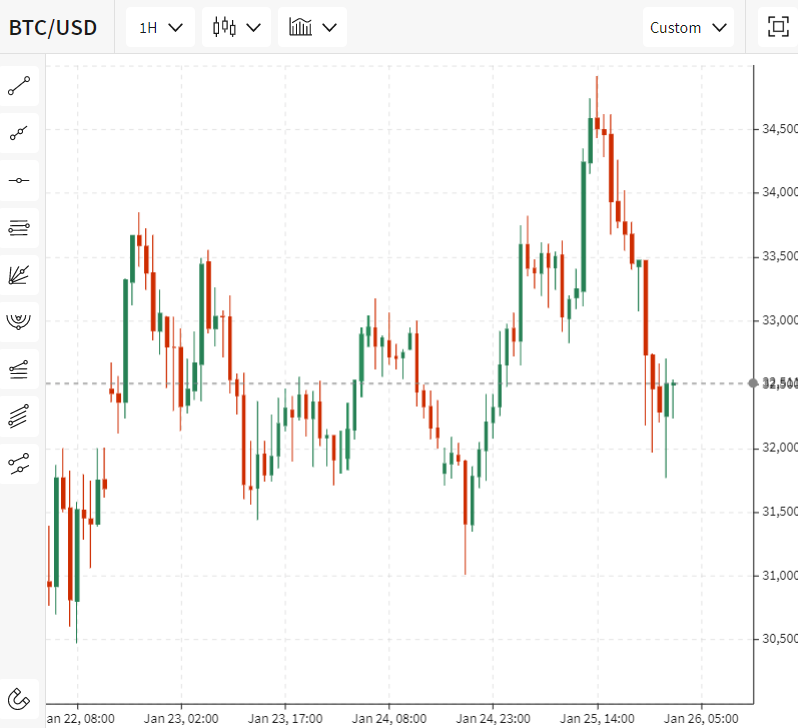Via a JPM client note on BTC market structure, which gets more perturbing the further down you read ...
In summary:
- On-screen liquidity in Bitcoin markets has continued to improve and outpace more traditional asset classes on a relative basis.
- but, as with many global markets, the vast majority of this liquidity provision comes from high frequency-style traders who often end up fleeing when volatility picks up
- A critical lesson of last March is no asset class, including even U.S. Treasuries, is 'safer' than the ability to exchange it for fiat cash at a reasonable cost
- Given this vulnerability, we consider what potential catalyst, aside from idiosyncratic flows, could generate such a shock
- Most Bitcoin trading occurs, not against fiat USD, but USDT, a stablecoin issued by Tether Ltd. and pegged 1:1 to the U.S. dollar
- USDT is engaged in a classic liquidity transformation along the lines of traditional commercial banks, but is not subject to the same strict supervisory and disclosure regime, and certainly does not have anything like deposit insurance
- Tether Ltd. claims reserve assets of cash and equivalents equal to their outstanding liabilities, but has famously not produced an independent audit and has claimed in court filings that they need not maintain full backing
- A sudden loss of confidence in USDT would likely generate a severe liquidity shock to Bitcoin markets, which could lose access to by far the largest pools of demand and liquidity
Price update on BTC:




